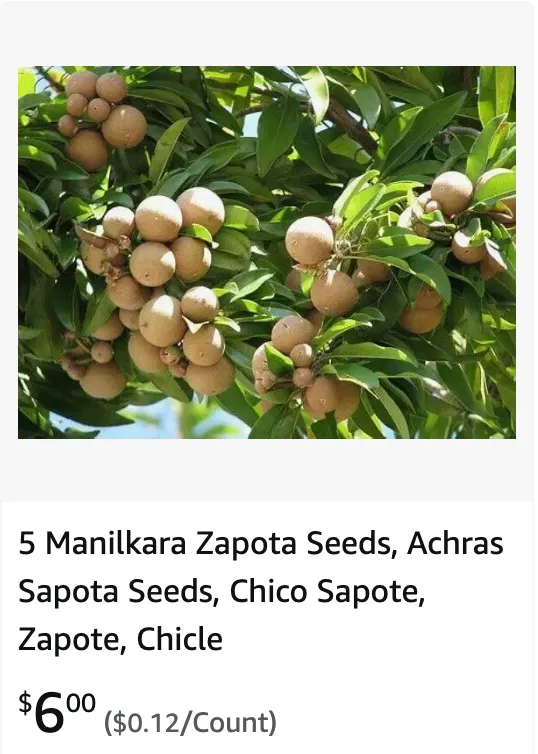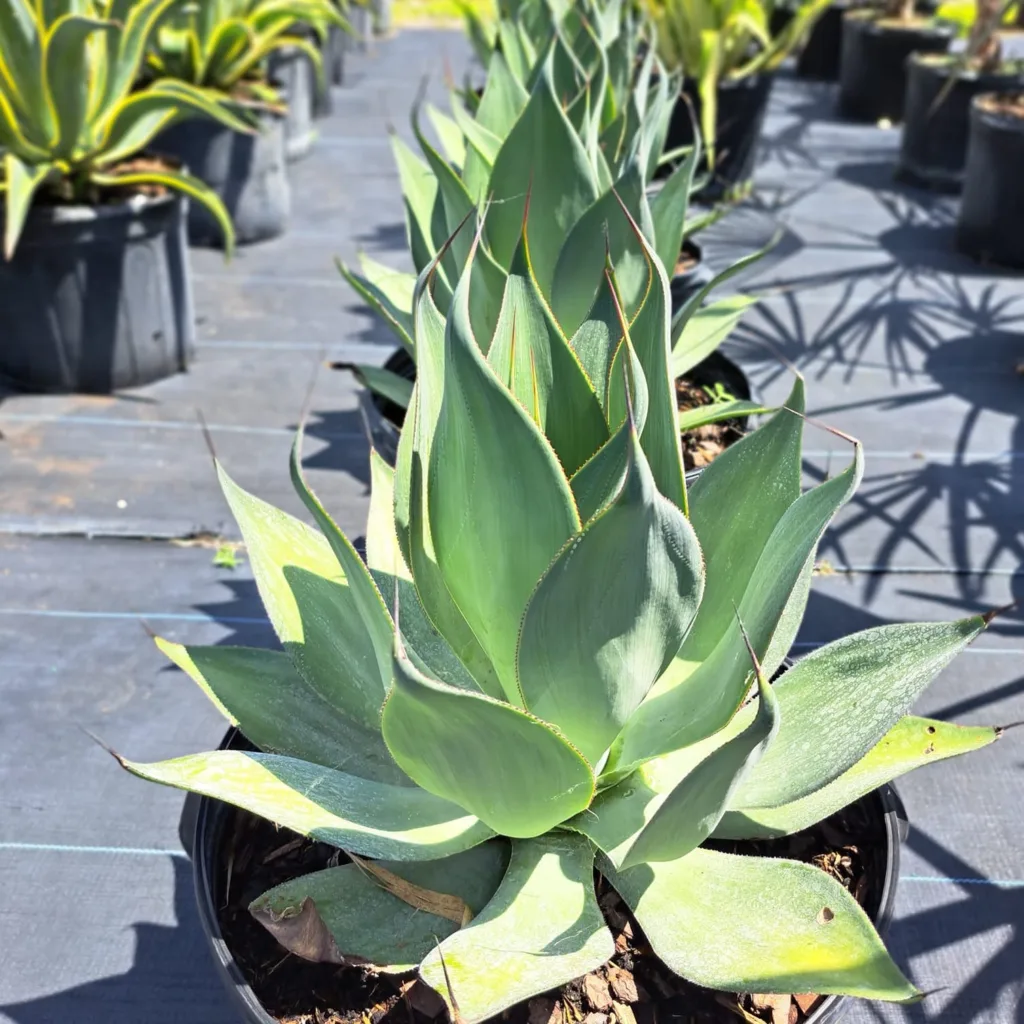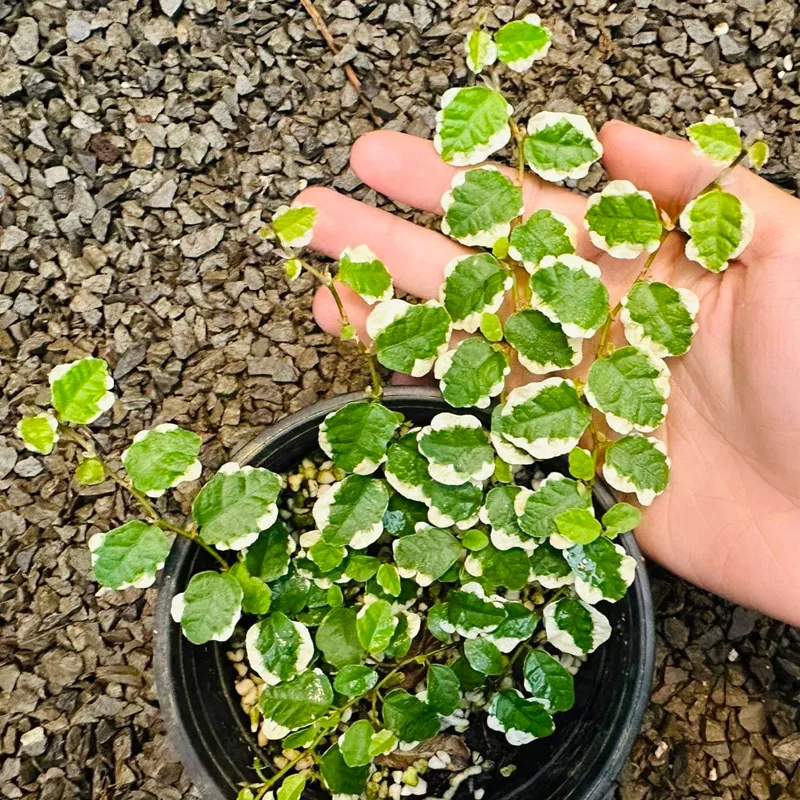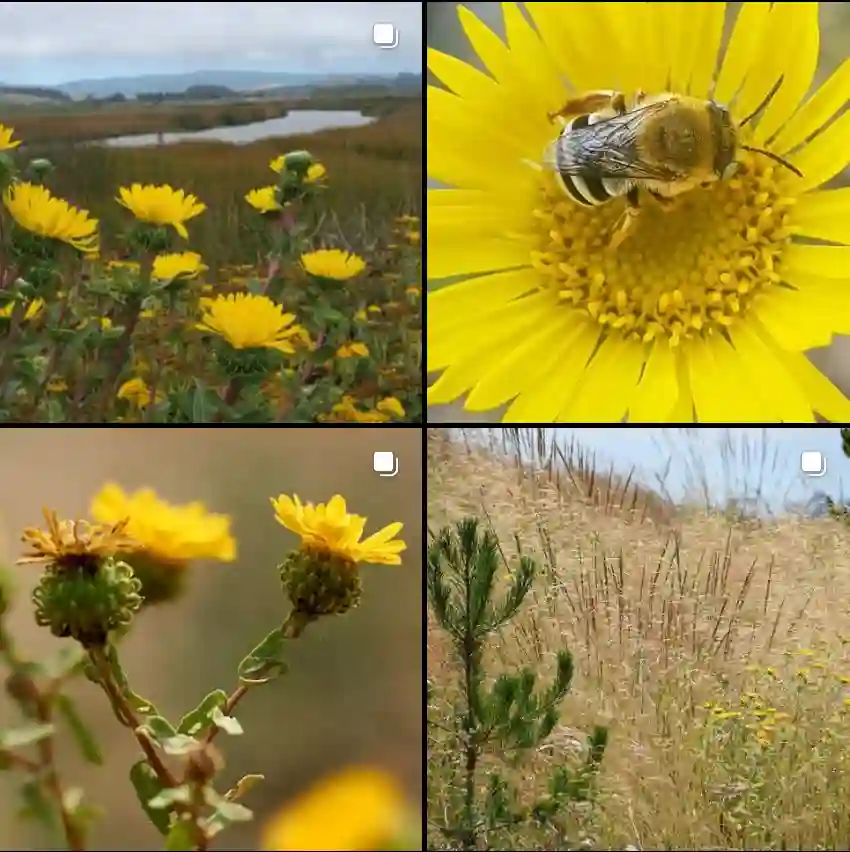
All About Manilkara Achras: Your Guide to Growing This Tropical Treat
Hi there, Ferb Vu here! I’m a plant enthusiast with a passion for unique and delicious fruits. Today, we’re diving deep into the world of Manilkara Achras, also known by its more common moniker, the Sapodilla. This tropical wonder tree produces a fruit with a complex flavor profile and a delightful texture, making it a favorite among adventurous eaters.
Whether you’re a seasoned gardener or a curious newcomer, this FAQ will equip you with all the knowledge you need to cultivate your very own Manilkara Achras.
What is Manilkara Achras?
Manilkara Achras, more commonly known as Sapodilla, is a broadleaf evergreen tree native to southern Mexico and Central America. It boasts beautiful, glossy green leaves and produces a delicious, brown-skinned fruit. Sapodilla trees can grow quite large, reaching heights of up to 100 feet in ideal conditions.
The fruit itself is a true delight. Think of a cross between a pear and a fig, with a hint of brown sugar thrown in for good measure. The flesh is smooth and custardy when ripe, with a dark brown to black color. A single Sapodilla fruit can weigh anywhere from a half-pound to two pounds.
How to Care for Manilkara Achras?
Manilkara Achras thrives in warm, humid climates. Here are some key things to keep in mind when caring for your Sapodilla tree:
- Light: Sapodillas are sun-loving trees. Choose a location that receives at least 6-8 hours of direct sunlight per day.
- Temperature: These trees prefer warm temperatures and won’t tolerate frost. If you live in a colder climate, consider growing your Sapodilla in a container that can be brought indoors during winter.
- Soil: Sapodillas need well-draining soil. A sandy loam mix with plenty of organic matter is ideal.
- Watering: Water your Sapodilla tree regularly, especially during its first few years of growth. Avoid overwatering, as this can lead to root rot.
- Fertilization: Feed your Sapodilla tree a balanced fertilizer a few times a year during the growing season.
How to Propagate Manilkara Achras?
There are two main ways to propagate Manilkara Achras: seeds and grafting.
- Seeds: Sapodilla seeds are quite large and easy to germinate. Simply remove the seed from a ripe fruit, clean it thoroughly, and plant it in a pot filled with moist, well-draining soil. Germination can take several weeks, so be patient.
- Grafting: Grafting is a more advanced technique that allows you to propagate a specific variety of Sapodilla. This is typically done by a nursery or professional grower.
What to Plant with Manilkara Achras?
Sapodilla trees can be a great addition to a mixed fruit orchard. Here are some plants that complement Sapodillas well:
- Mango: Both mangoes and Sapodillas enjoy similar growing conditions.
- Guava: Guava trees are another good choice for a tropical fruit garden.
- Citrus trees: Citrus trees, such as oranges and lemons, can also be planted near Sapodillas. Just be sure to give each tree enough space to grow.
Common Problems with Manilkara Achras
Sapodilla trees are relatively pest- and disease-resistant. However, there are a few things to watch out for:
- Scale: Scale insects are small, sap-sucking pests that can infest Sapodilla trees. They can be controlled with insecticidal soap or neem oil.
- Mealybugs: Mealybugs are another type of sap-sucking insect. They can be treated with the same methods as scale.
- Fungal diseases: Fungal diseases can occur if the Sapodilla tree is overwatered or planted in poorly draining soil. Ensure proper drainage and avoid overwatering to prevent fungal problems.
How long does it take for a Sapodilla tree to bear fruit?
Sapodilla trees can take anywhere from 3-8 years to produce fruit, depending on the variety and growing conditions.
How do you know when a Sapodilla fruit is ripe?
A ripe Sapodilla fruit will yield slightly to gentle pressure. The skin should also have a dull appearance. If the fruit is still hard and green, it needs more time to ripen.
Can you eat Sapodilla seeds?
Sapodilla seeds are not recommended for consumption. While not necessarily toxic, they have a bitter taste and a hard, indigestible coating. Additionally, some Sapodilla seeds have a small hook-like appendage that could potentially irritate your throat or digestive system. It’s best to discard the seeds after enjoying the delicious flesh of your Sapodilla.
If i die, water my plants!



